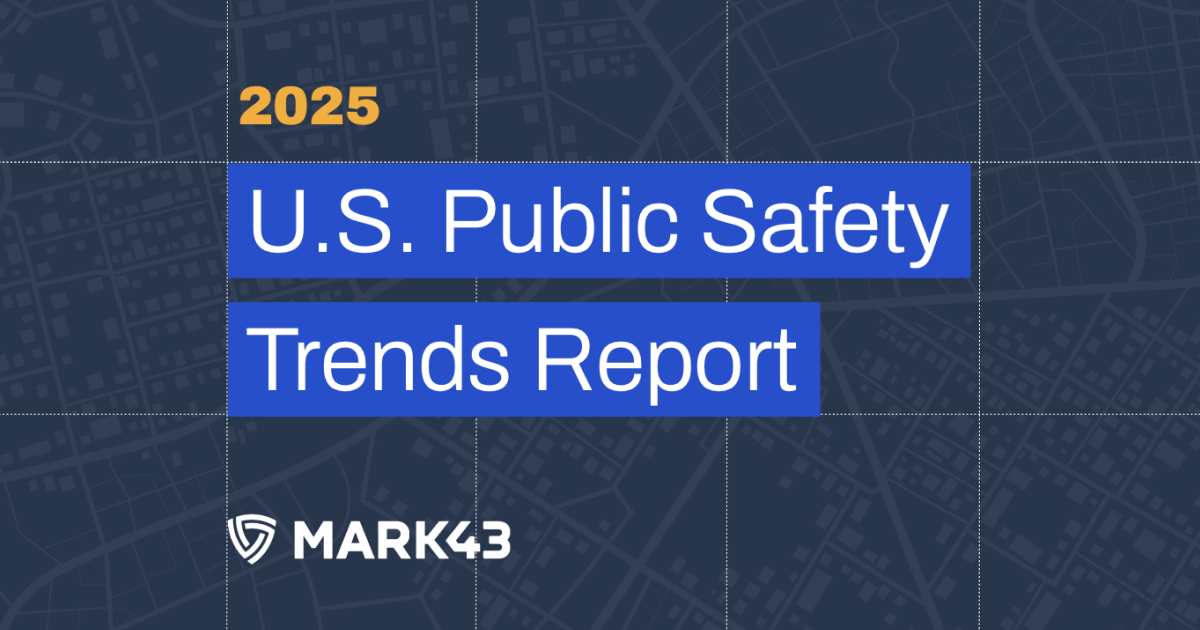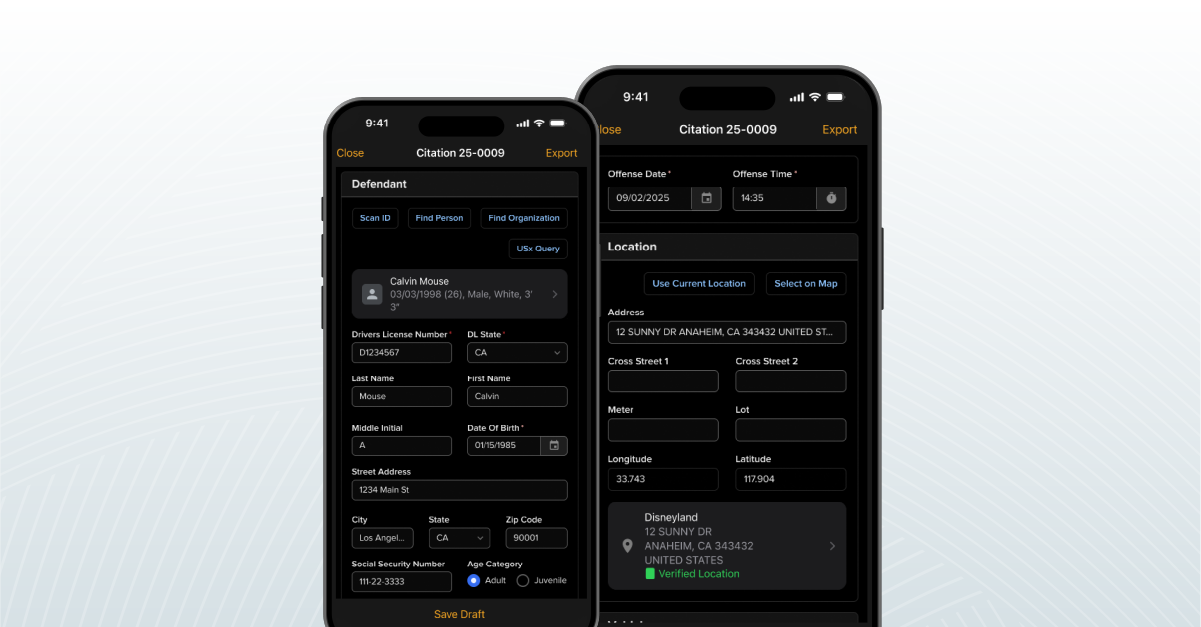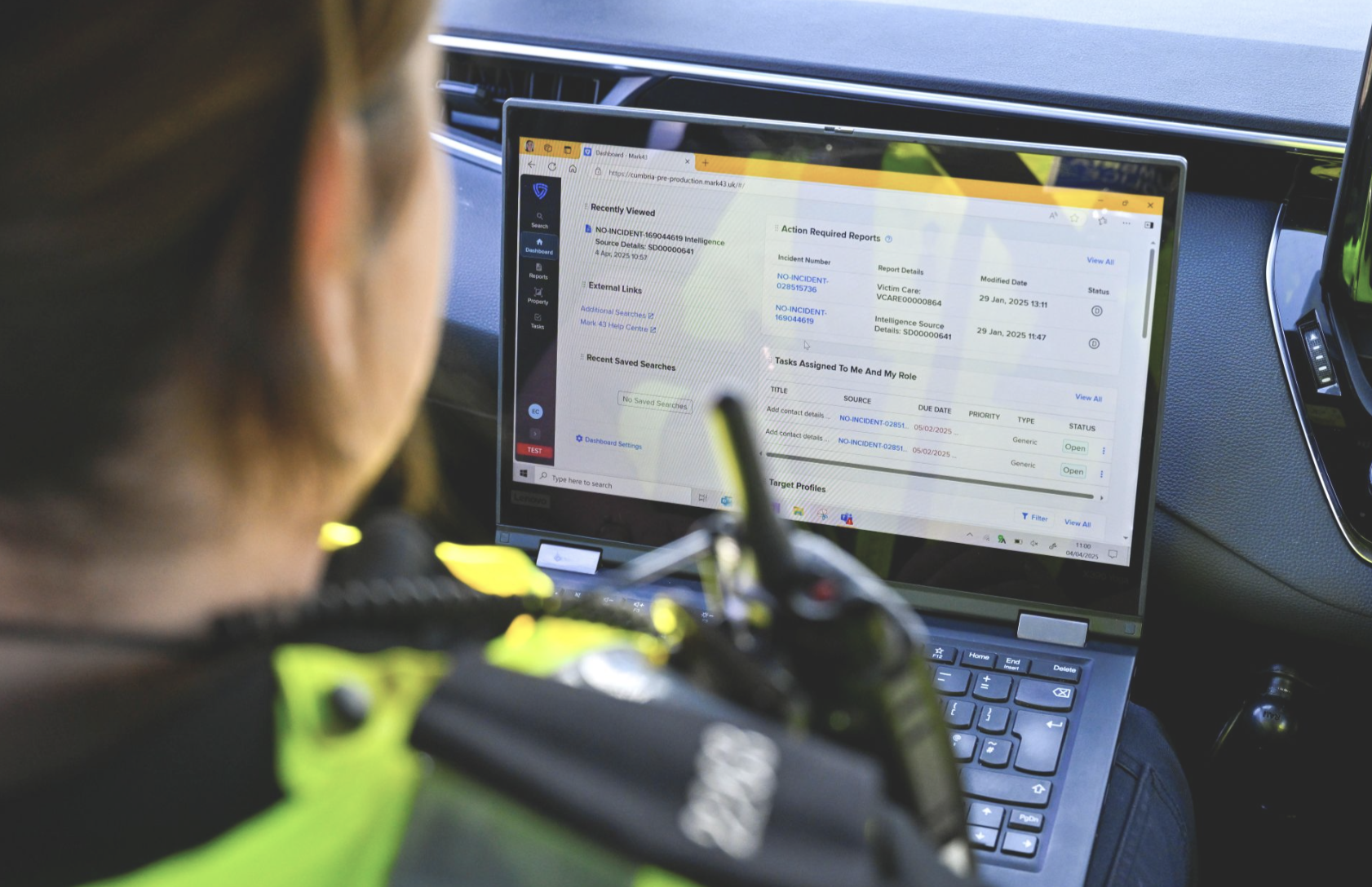By: Pam Baker
It’s more fun to wield artificial intelligence and other advanced security tools against headline-making security threats. But it’s more common that the boring, everyday stuff will take down a company’s datacenters and networks. For example, InformationWeek’s new 2024 Cyber Resilience Survey Report revealed hidden security threats like “aging tech, dirty environments, especially dust” lurking in datacenters. While it may sound comical that dust bunnies can lay siege to datacenters with the same debilitating impact as ransomware, the reality isn’t that funny.
“If equipment fails due to dust accumulation, it can disrupt access to critical data, compromising availability. This failure can escalate into a disaster scenario and severely impact recovery efforts,” says Larry Zorio, CISO at Mark43 and chair of the IJIS cyber security working group.
But those are not the only downsides.
“Dust can be more than just a cleanliness issue — it poses several security risks,” says Timothy Bates, professor of AI, cybersecurity, blockchain, and XR at University of Michigan. “Accumulated dust can cause hardware to overheat by blocking air vents, leading to equipment failure. Additionally, dust on sensors can cause false alarms, which can distract and mislead security teams.”
“These false positives can desensitize security personnel or automated systems, causing real threats to be overlooked. Worse yet, malicious actors could exploit this situation, sneaking through undetected into critical systems while the security team is busy chasing false alarms,” Bates adds.
The Danger in Dust
Dust buildup in datacenters is significant enough of an issue to warrant formal address. For example, The SANS Institute’s 2002 whitepaper for GIAC Certification “Requirements for the Design of a Secure Data Center” directly addresses the issue in quite some detail. It recommends the use of specific measures because “the data center must be kept free of dust and dirt.”
But even the cleaning of dust can present a problem in denied availability. The author of that same whitepaper includes a warning: “I have seen a cleaning person reach for a system plug to remove because there were not free [power plugs] readily available.”
Even so, 2002 was a long time ago and changes to the datacenter have returned dust bunnies to a mere annoyance rather than an active threat, right?
“Years ago, more equipment in data centers had moving parts, like tape drives and printers, that could produce or be affected by particulates in the air,” says John Schick, principal consultant at technology research and advisory firm, ISG. “Equipment in modern data centers has very few moving parts. Even data storage now uses solid state rather than spinning disks, so the amount and effects of dust are minimized.”
Unfortunately, the adage that “the more things change, the more they stay the same” applies to datacenters, too.
“Modern data storage uses sealed disk drives or solid-state devices, so sensitive data is never directly exposed to dust,” Schick says. But datacenter racks also tend to be far denser today, potentially making dust a bigger problem especially when exposed to higher heat exhaust temperatures that can result in fires or equipment failure.
“In well-maintained data centers, dust levels are kept minimal due to strict HVAC controls and regular cleaning schedules. However, in less regulated environments, dust can accumulate quickly, particularly in server racks and on equipment that is not regularly monitored or maintained,” Bates says.
Who Needs Ransomware When Dust Can Attack Hardware Anywhere?
“In one of my first roles as an IT manager, I had the ‘honor’ of inheriting a data center from the previous manager that had essentially become a dust collection zone. The negligence in maintaining a clean environment led to the overheating and subsequent failure of key networking components. This incident disabled internet and system access for 10,000 users — an experience that highlighted to me, in no uncertain terms, how crucial regular dust control and equipment maintenance truly are,” Bates says.
But the datacenter isn’t the only place that dust threatens hardware in terms of both security and compliance.
“Legal hold — a term meaning preserving data under a judge’s order for a current or pending court case — is commonly a situation when computers may be stored in a unit that’s not optimized for the same level of cleaning and safe storage that a data center might be. For example, many organizations take employees’ laptops and lock them within a safe. They may be stored sometimes for months or even years depending on the requirements of the legal case,” says Todd Thorsen, CISO of CrashPlan.
“Laptops stashed in a safe may run into issues with batteries, file metadata and other components degrading, beyond the accumulation of dust and fire hazard that such a scenario presents,” Thorsen adds.
Adding to the bad news, anywhere dust is, other threats lurk too.
“Like dust, static electricity can accumulate in data centers, which probably has a greater chance of impacting the equipment,” Schick says.
Mitigating the Risk
Maintenance issues can bedevil even the best of security and compliance plans. Of course, you can opt to offload these problems to the cloud. But of course, there’s no place dust can’t go. It’s smart to check on maintenance rigor there, too.
“The majority of data centers are in colocation facilities, and the companies providing those services are well aware of the risks associated with dust accumulation,” Schick says.
“Air-handling equipment in data centers recirculate air, which minimizes the introduction of dust from outside the building. There is a lot of air movement, both below and above the raised floor in a data center, so airborne dust tends to get moved through filtered air handling equipment before it accumulates,” Schick adds.
Access the Full Report: 2024 Cyber Resilience Strategy Report: CISOs Battle Attacks, Disasters, AI — and Dust, Free Palo Alto Networks Research Report (informationweek.com)
Original Story: https://www.informationweek.com/cyber-resilience/dust-bunnies-on-the-attack-datacenter-maintenance-issues-pose-security-threats








